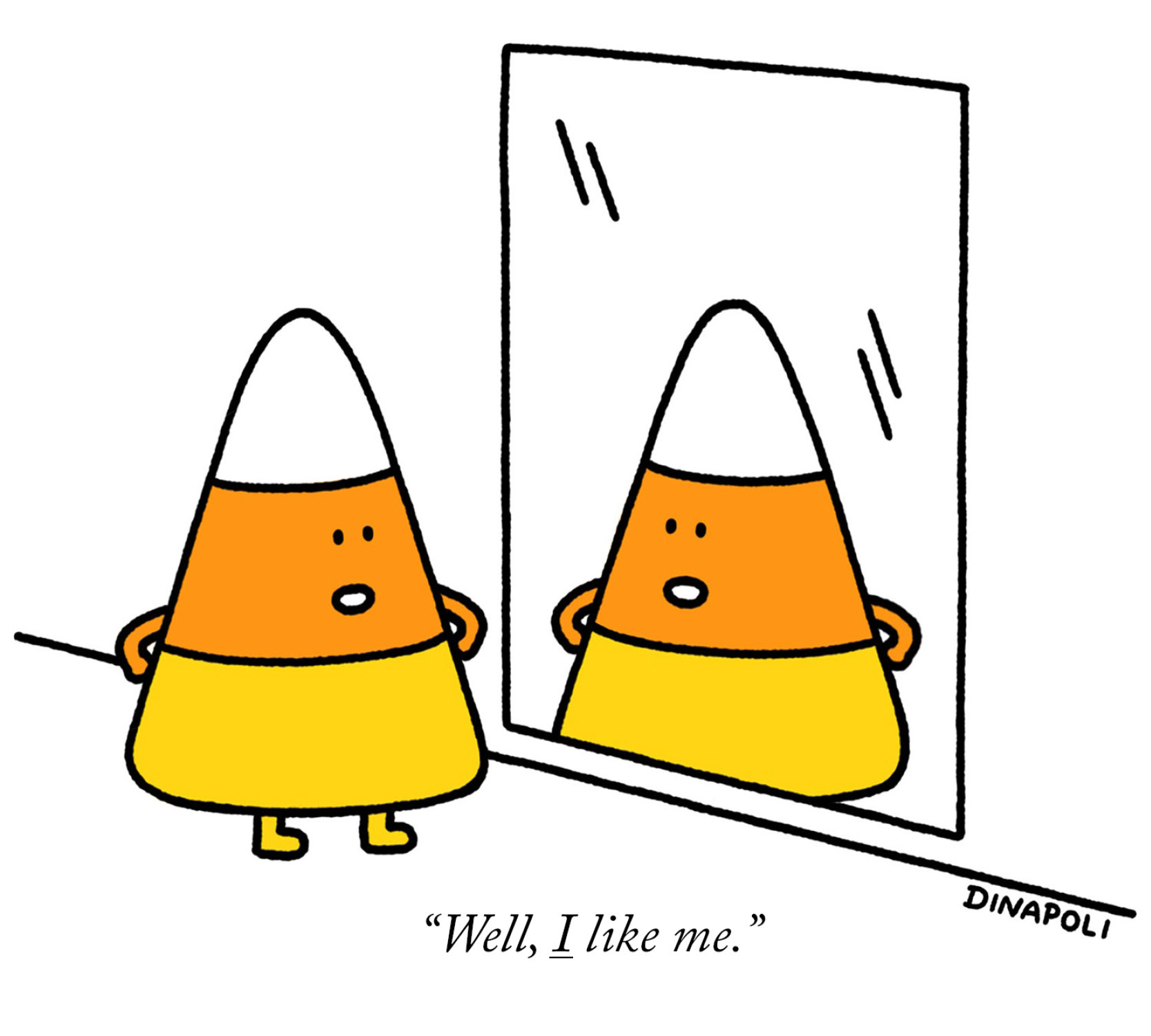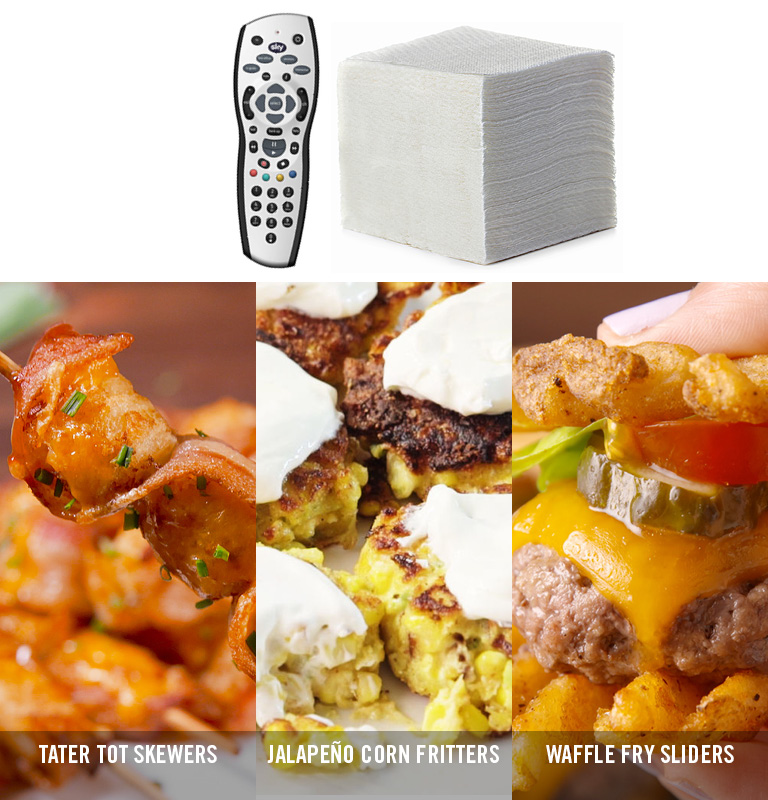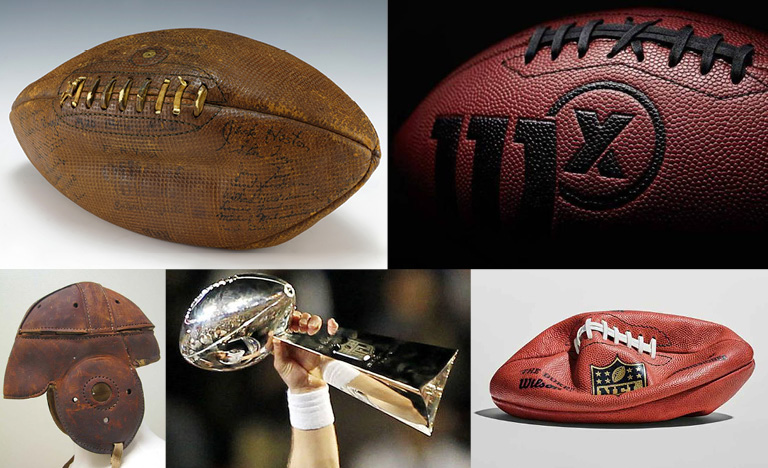Kickoff

College spirit is great!! Those traditions that get established go with students for the rest of their lives. So, grab a couple of dogs & a beer and get immersed in some rich (and sometimes surprising) traditions.
Now that college football is upon us (seems like it’s gotten bigger, and so much more commercialized than I can remember) – a game almost every day, and crazy coverage on the weekends. I get such a kick out of the kids and the traditions – seems like every school has some tradition they undertake either before the game, during, or afterwards – come on, who doesn’t like singing “Hang On Sloopy” – goes back to 1965! (unless you attended that blue and gold school further north). At my alma mater Miami University, one of my favorite traditions ended with the changing of mascot’s name. A rider on a horse would lead the team onto the field. I think it’s great how people of all ages, alumni, kids, and weekend fans can be part of the traditions. It also gives me another excuse to enjoy great food! (and try to pace myself to avoid chip dip elbow injury). Enjoy and thanks to youtube.com, and auburntigers.com for the info links – be sure to enjoy the footage for each school – it’ll put a smile on your face!
WATCH THIS! (It has a good history for Sloopy!!)
College football is known for its rich tapestry of traditions, and while many schools have their own unique customs, some traditions are particularly honored and stand out for their uniqueness and significance. Here are some of the most honored and unique traditions in college football:
- Dotting the “i” in Script Ohio: Of course, starting with my favorite… Ohio State University’s marching band forms the word “Ohio” in cursive script during their halftime show. The most prestigious honor for a sousaphone player is to dot the “i” in Ohio, known as “Dotting the i”, one of the most iconic traditions in college football. (Let’s also recognize people spelling O-H-I-O with their bodies, and posting images from all over the world.
- Rolling Toomer’s Corner: After Auburn University victories, fans celebrate by “rolling” Toomer’s Corner in Auburn, Alabama. They cover the trees with toilet paper, creating a picturesque and unique post-game scene.
- Jump Around at Camp Randall Stadium: The University of Wisconsin’s Camp Randall Stadium has a tradition where fans “Jump Around” to the song of the same name by House of Pain between the third and fourth quarters. It creates a wild and energetic atmosphere.
- The Ramblin’ Wreck at Georgia Tech: Georgia Tech fans have a unique tradition of driving a 1930 Model A Ford, known as the “Ramblin’ Wreck,” onto the field before home games. It’s one of the oldest mascots in college football.
- The Clemson Tigers’ “The Hill” and Howard’s Rock: Clemson’s tradition involves players running down “The Hill” onto the field, touching Howard’s Rock for luck before the game. The rock sits atop a pedestal and is an iconic symbol of the program.
- The Grove at Ole Miss: At the University of Mississippi (Ole Miss), fans gather in a 10-acre area called “The Grove” before home games. They set up elaborate tailgate spreads with fine china, chandeliers, and white tents, creating a one-of-a-kind pre-game atmosphere.
- Midnight Yell at Texas A&M: The night before Texas A&M home games, fans gather at Kyle Field for the “Midnight Yell Practice.” Led by the Yell Leaders, this spirited event involves the Aggie faithful practicing yells and cheers to prepare for the game.
- Ralphie’s Run at the University of Colorado: Before Colorado Buffaloes games, a live buffalo named Ralphie leads the team onto the field. This tradition of “Ralphie’s Run” showcases the school’s mascot in a thrilling pre-game spectacle.
- The Spirit Walk at Notre Dame: Before Notre Dame home games, fans gather for the “Spirit Walk” where the team, marching band, and cheerleaders parade through campus to the stadium, with thousands of supporters lining the route.
- War Eagle Flight at Auburn: Auburn University’s tradition includes the release of a live eagle, known as “War Eagle,” before home games. The eagle takes a flight around the stadium to the delight of the crowd.
- LSU’s Pregame Parade: Louisiana State University (LSU) holds a pre-game parade known as the “Marchdown,” featuring the LSU marching band, Golden Girls, and the Bengal Brass. It adds to the festive atmosphere on gameday.
- Iowa’s Hawkeye Wave to the Children: The University of Iowa fans, symbolizing a their love for the kids in the nearby hospital, turn and wave to the kids under care. The formation is a unique and impressive sight.
- Fight Songs: pretty much every school has them – here’s top 25 of some of the most memorable:
If you have a fun tradition from you school, I’d love to hear about it. Email me at skowalski@khtheat.com
::::::::::::::::::::::::::::::::::::::::::::::::::::::::::::::::::::::::::::::::::::::::::
DO YOU LIKE CONTESTS?
Me, too.
As you may know the Kowalski Heat Treating logo finds its way
into the visuals of my Friday posts.
I. Love. My. Logo.
One week there could be three logos.
The next week there could be 15 logos.
And sometimes the logo is very small or just a partial logo showing.
But there are always logos in some of the pictures.
So, I challenge you, my beloved readers, to count them and send me a
quick email with the total number of logos in the Friday post.
On the following Tuesday I’ll pick a winner from the correct answers
and send that lucky person some great KHT swag.
So, start counting and good luck!
Oh, and the logos at the very top header don’t count.
Got it? Good. :-))))
Have fun!!
::::::::::::::::::::::::::::::::::::::::::::::::::::::::::::::::::::::::::::::::::::::::::

 The pictures follow the text below. Enjoy!!!! :)))))
The pictures follow the text below. Enjoy!!!! :)))))



















